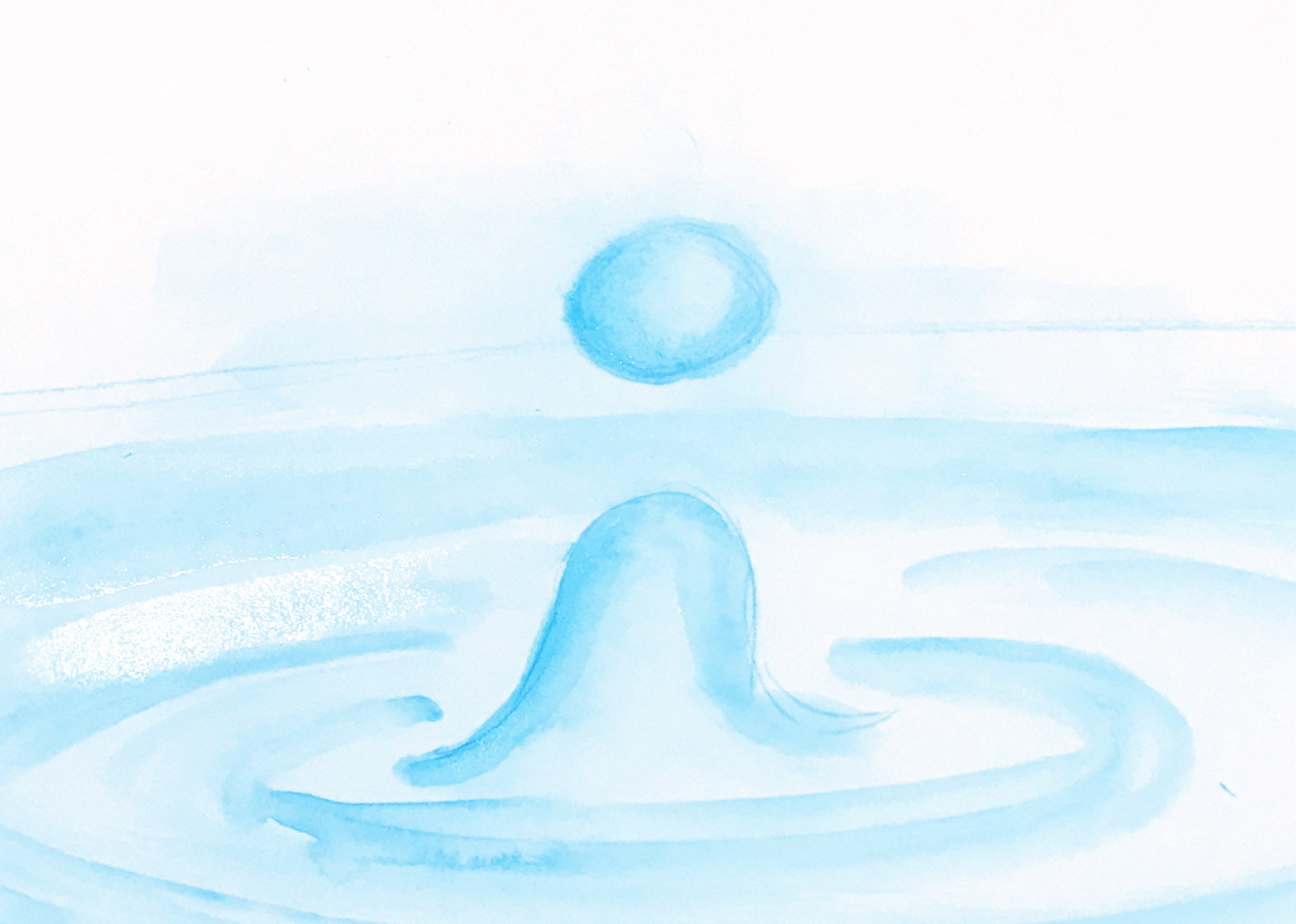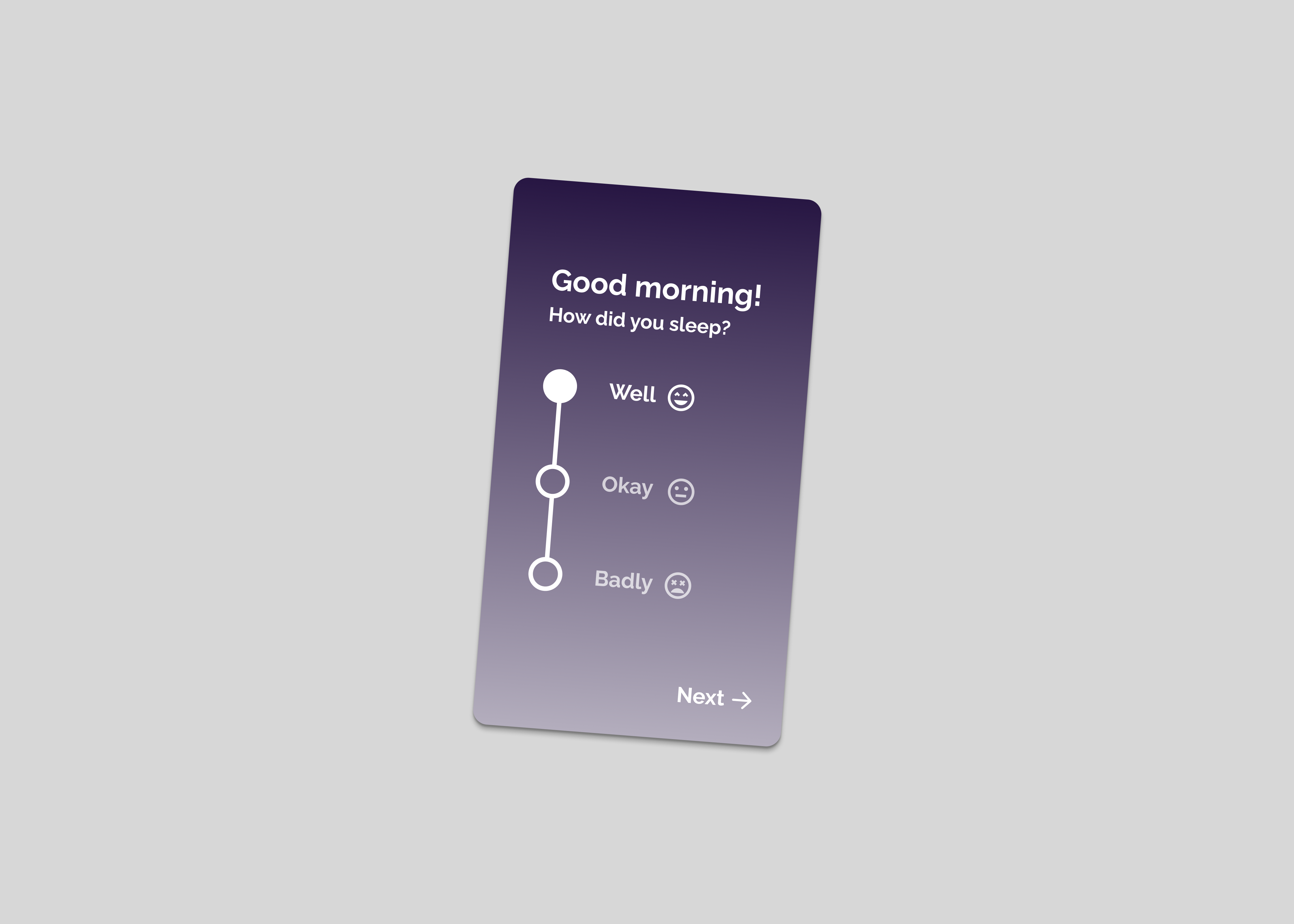MEMO is a connected home system that supports caregivers of people living with dementia (PLWD). Caregivers can sync audio messages to digital stickers around the house, in order to guide PLWD through daily tasks and keep them safe at all times. The system also answers repeated questions and provides recommendations for how to better care for dementia patients.
Idea and Animation by Julia Chao, Lily Liu, Sasha Noerdin, Jaymee Tang, Wendy Gui, and Clara Too.
RESEARCH
We interviewed 6 participants, including 2 experts, to inform our design about what life is like for PLWD and their caregivers. We learned that dementia presents many practical challenges for caregivers, who cannot always be there for their patient. People living with dementia often need help with everyday tasks such as eating, dressing, and navigation.
Over time, even the most well-intentioned caregivers can become overwhelmed and frustrated by the patient's many needs. Although those suffering from dementia forget many things, they retain the emotional pain of their caregiver's impatience, which affects their mental health. They need a constant companion who will have the capacity to patiently repeat the same information over and over.
DESIGN RESPONSE
In order to address these concerns, we created the MEMO system. Here's how it works:
Firstly, the caregiver uses the MEMO app to record voice messages, and syncs them to the stickers. The digital stickers can be attached to objects and surfaces at home. When the person living with dementia draws near to the stickers, the recorded message will play from their Apple Watch.
MEMO is made of 3 components: digital stickers, the patient's Apple Watch, and the caregiver's phone app.
During initial brainstorming, we explored using a locket to guide and connect PLWD while out and about. However, we decided to shift our focus to the home environment, because we learned that PLWD often spend most of their time at home. Our peers also noted that the locket could potentially single out the PLWD as dementia patients and make them feel old, so we decided to use the Apple Watch instead.
We learned through our research that PLWD often benefit from visual signals like icons to help remind them of important details. Thus, we initially added a customizable icon to the front of the sticker. However, we realized that having too many components on the sticker would make it very costly to produce, so we decided to have the icon show up on the Apple Watch screen instead.
INTERFACE MICROCOPY
The following phone interfaces show how the caregiver would answer the patient's questions. I made some edits to my team's initial microcopy, as shown below.
Due to the complexity of the MEMO system, I felt it necessary to edit the writing in the app interface to ease the burden on the caregiver as much as possible. I added quotation marks to clarify that the question was a direct quotation that the app had previously recorded. I changed "Mom" to "Beth", as it is important to recognize the patient as an individual, given the identity-attacking nature of the disease. I also added a second sentence to clarify the reason for answering the question within the app. Lastly, I corrected grammatical oversights.
Instead of 'Mom's Memory Log', I titled this screen 'Beth's Activity Log', to clarify that the system does not have the ability to record the patient's memories. Rather, the system provides recommendations based on the behavior it perceives.
I chose to simplify the language on this part of the app to make it easier to digest and to eliminate the redundancy of the word 'recommendation'. I changed the word 'should' to 'consider', in order to create a gentler tone and reduce the burden on the caregiver.
LEARNINGS
This project took place during COVID-19, so all our work was remote. More than half of the team was in Asia, while one other teammate and I were in the United States, making scheduling very tricky. However, I learned that when everyone is truly committed, it makes it a fun experience to work together and do the best that we can. We received harsh critique from the designers at Eli Lilly that encouraged us to think more realistically. I learned that medical design is challenging, rewarding, and takes a lot of research and patience.
Created for Design 483: Digital Health Futures




